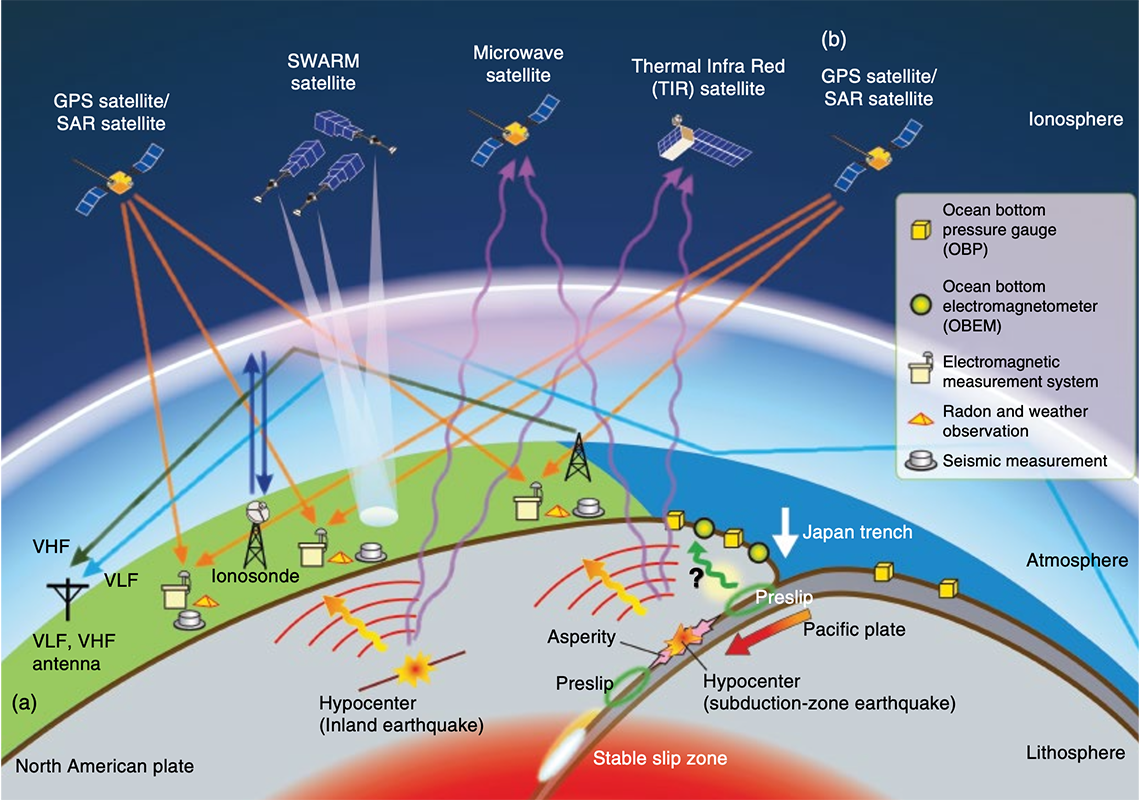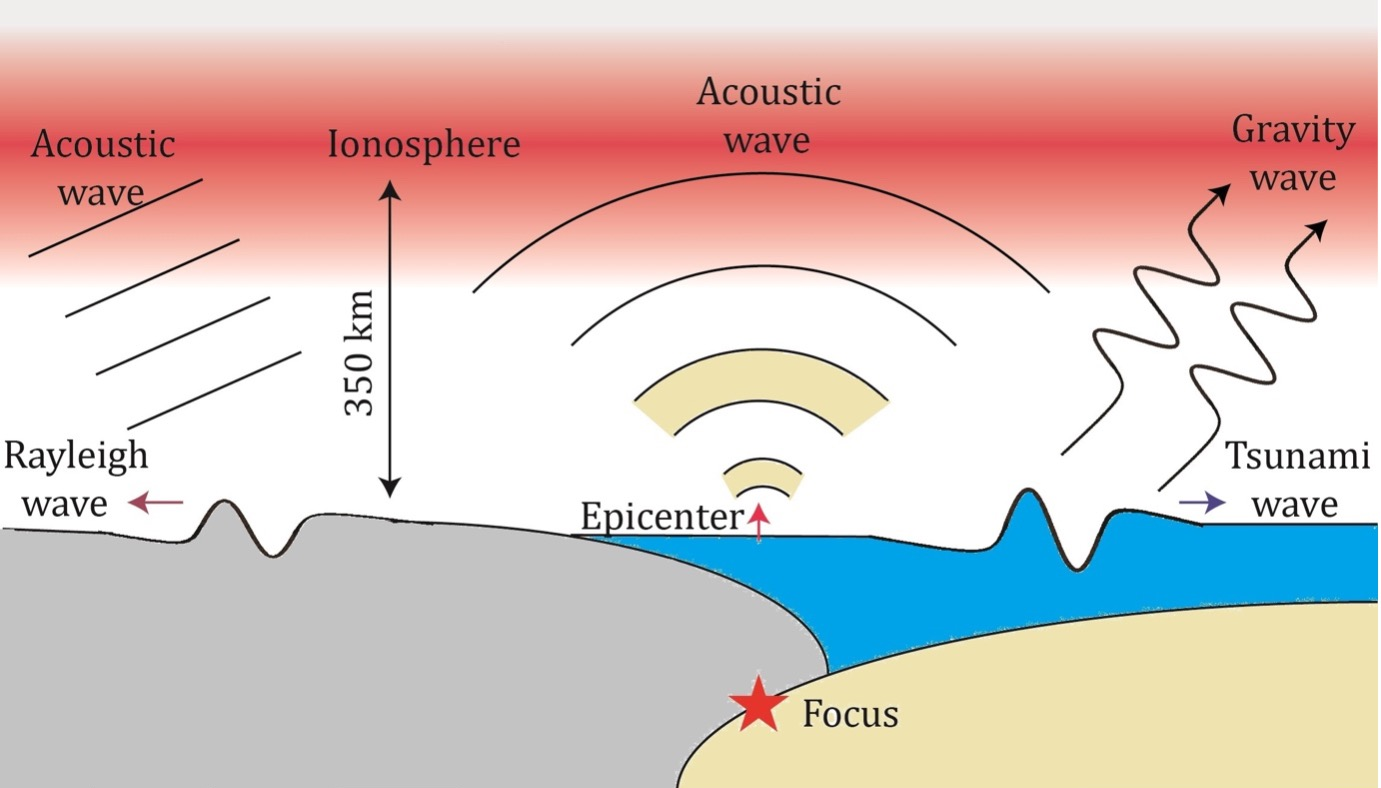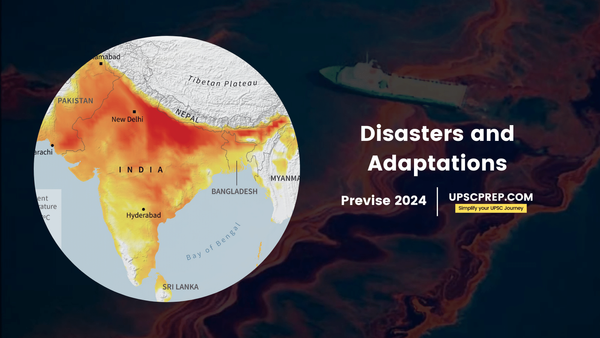Table of contents
Ennore Oil spill
- Oil spill occurred in Ennore due to floods induced by cyclone Michaung.
- Oil spill destroys immune system and reproduction of dolphins and whales, fur of mammals and feathers of birds which affects water repelling qualities and health problems like heart damage, headache, skin irritation, etc.
- It obstructs passage of sunlight into sea, thereby destroying photosynthesis and damaging mangrove forests.
- Bio-remediation technology developed to tackle oil spills includes-
- Oilzapper is an eco-friendly technique of using bacteria to get rid of oil sludges.
- Oilivorous-S with an additional bacterial strain with high-sulfur to make bacterial action more effective against crude oil.
Coalition for Disaster Resilient Infrastructure
- The ratification of the Headquarters Agreement (HQA) between India and the Coalition for Disaster Resilient Infrastructure was approved.
- This is done for granting CDRI exemptions, immunities and privileges as contemplated under Section- 3 of United Nations (Privileges & Immunities) Act, 1947.
- This will provide CDRI an independent and international legal platform to carry out its functions more efficiently.
- CDRI is a global partnership with 31 members currently, launched in 2019 by the Indian Prime Minister at the UN Climate Action Summit.

Risk Tipping Points
- This is a thing released in the Interconnected Disaster Risks Report 2023, a report published by the United Nations University – Institute for Environment and Human Security.
- It is a moment when the ability to buffer risks is lost by a socio ecological system which leads to increased potential for catastrophic impacts.
- The six interconnected risk tipping points are-
- Groundwater depletion that drains water risking food supply.
- Mountain glaciers melting.
- Space debris causing loss of multiple satellites.
- Uninsurable future when rising risks make homes unaffordable.
- Accelerating extinctions that trigger chain reaction to ecosystem collapse.
- Unbearable heat which makes it hard to live in some areas.
Coseismic Ionospheric Perturbations


- Coseismic ionospheric perturbations is a phenomenon when smaller earthquakes generate ionospheric disturbances making their reflection in the ionosphere.
- The coseismic vertical crustal movements excite acoustic waves in the atmosphere.
- These waves propagate to the ionosphere, disturbing the electrons along the line of sight, which connects ground Global Navigation Satellite System (GNSS) receivers and satellites.
- The CIPs allow observing earthquake sources from space and may help decipher earthquake precursors using space-based observations.
Glacial Lake Outburst Flood (GLOF)
- Recently, glacial lake outburst flood was seen in South Lhonak glacial lake of Sikkim.
- The main reasons include-
- Accelerated melting of glacial lake.
- The GLOF combined with rainfall due to cloudburst.
- There was a release of water from Chungthang Dam.
- Three devastating GLOF events have occurred in the last decade like Kedarnath (2013), Chamoli (2021) and Sikkim (2023).
Earthquake Swarm
- Earthquake Swarms are sequences of many earthquakes that occur in a relatively short period without a specific foreshock, mainshock or after shocks.
- They can last for hours, days, or even weeks.
- The earthquakes consist of low to moderate magnitude events but larger quakes can also occur within the sequence.
- These earthquakes occur at relatively shallow depths within the Earth's crust.
Heat Wave

- It is a condition where air temperature is so high (departure from normal) that it becomes fatal to the human body.
- Aa per the IMD, Heat wave occurs when the maximum temperature of a station reaches at least 40 degree Celsius or more for Plains and at least 30 degree Celsius or more for Hilly regions.
- Efforts are being taken to deal with Heat waves like-
- National Action Plan on Heat-Related Illness by the Ministry of Health and Family Welfare.
- NDMA guidelines on Heatwave.
- Marine heat waves are long-term, persistent and extreme regional ocean warming.
- It occurs when the surface temperature of a particular region of the sea rises to 3 or 4 Degrees Celsius above the average temperature for at least five days.
